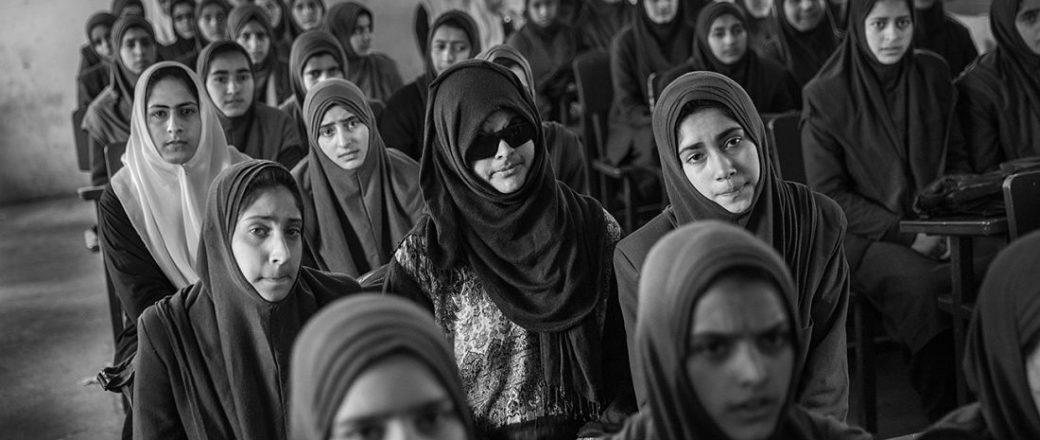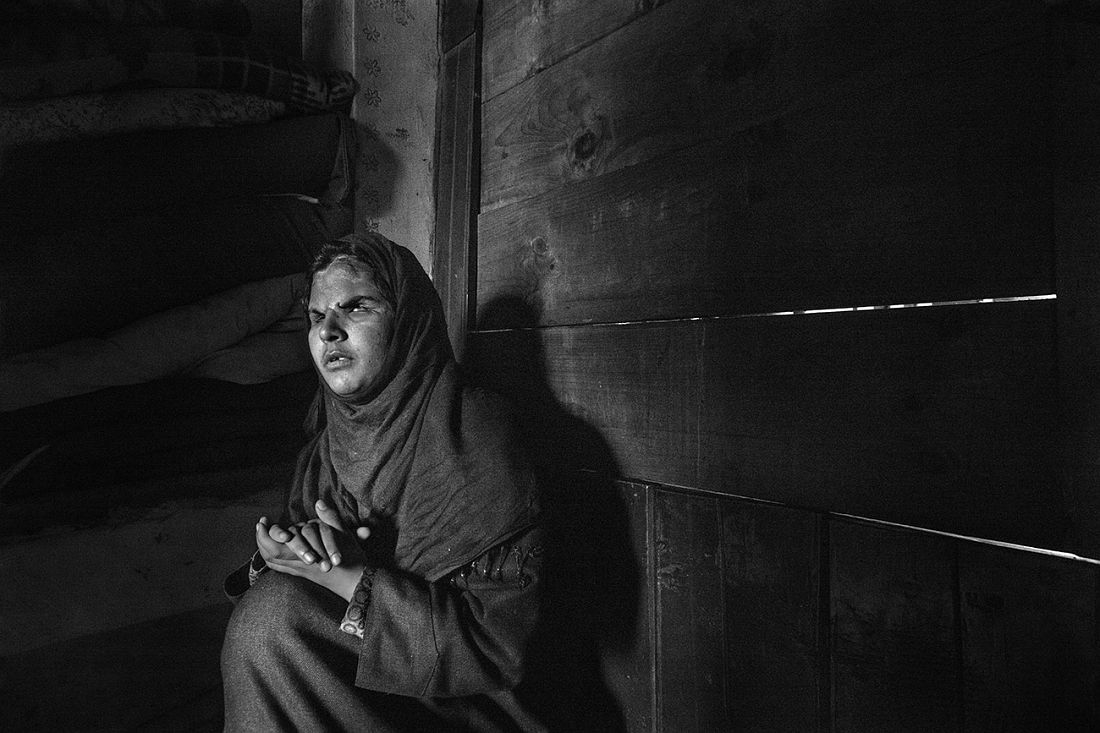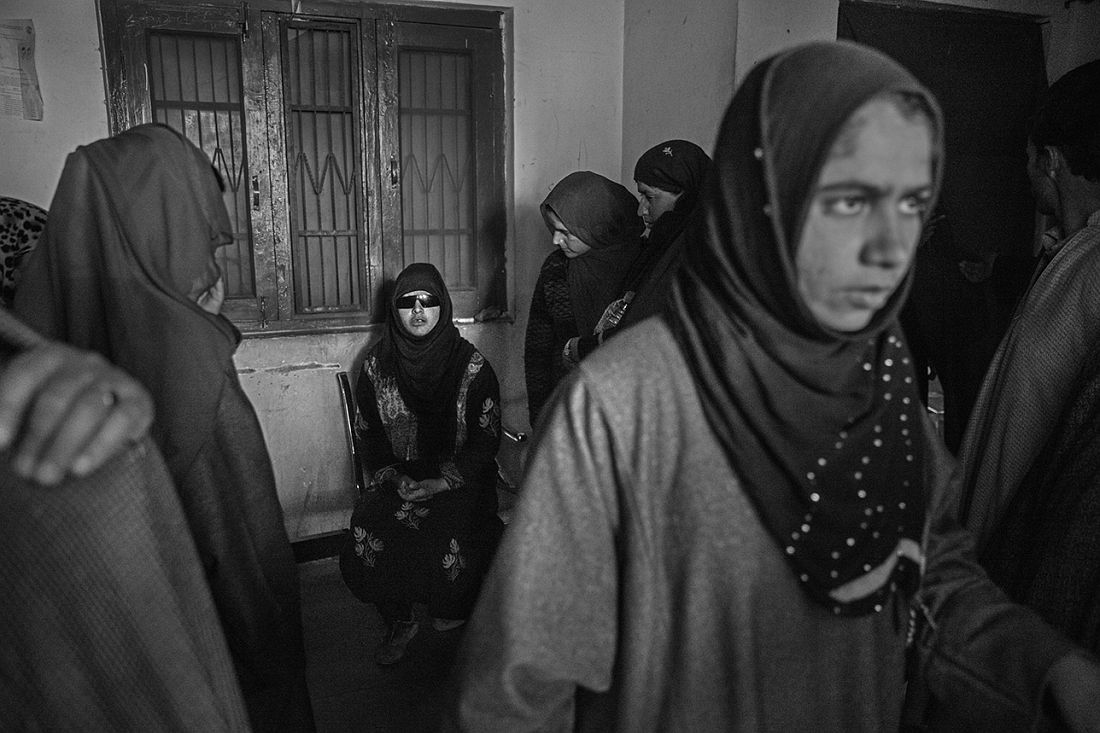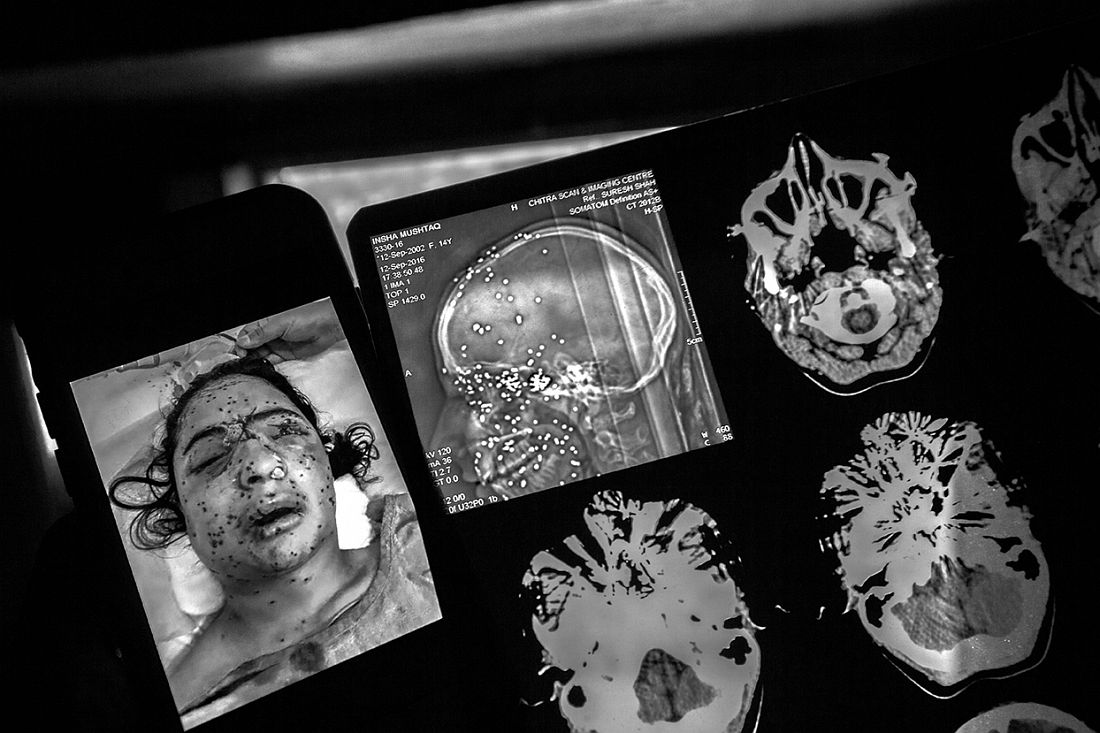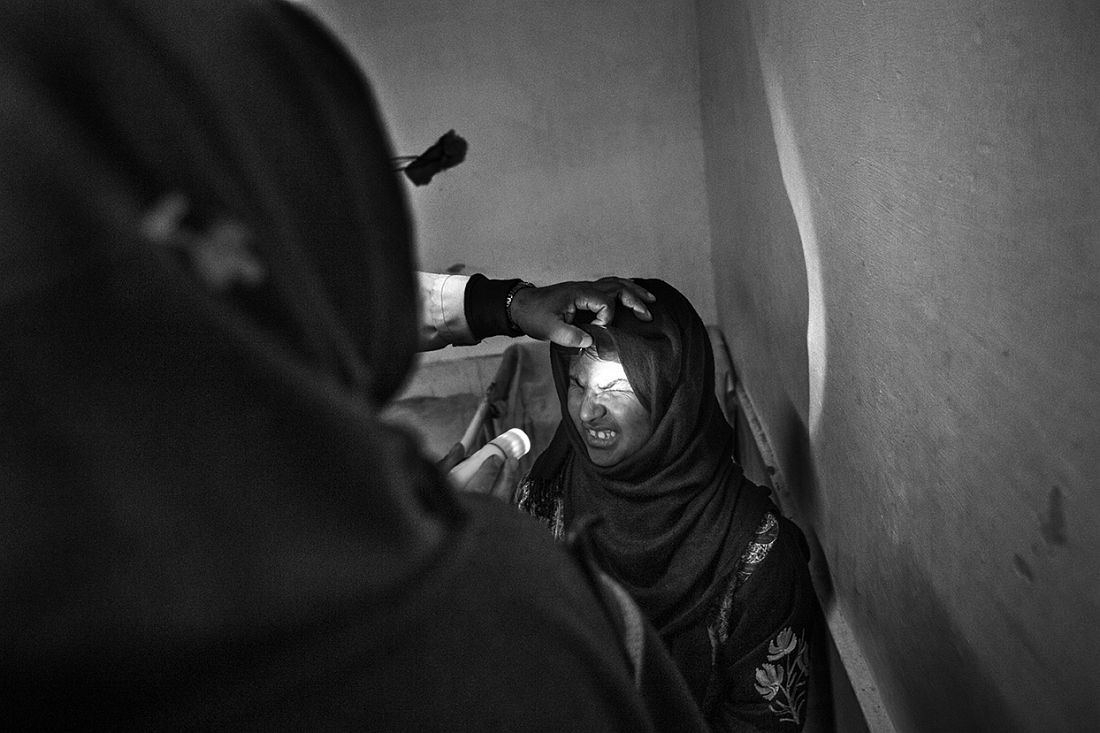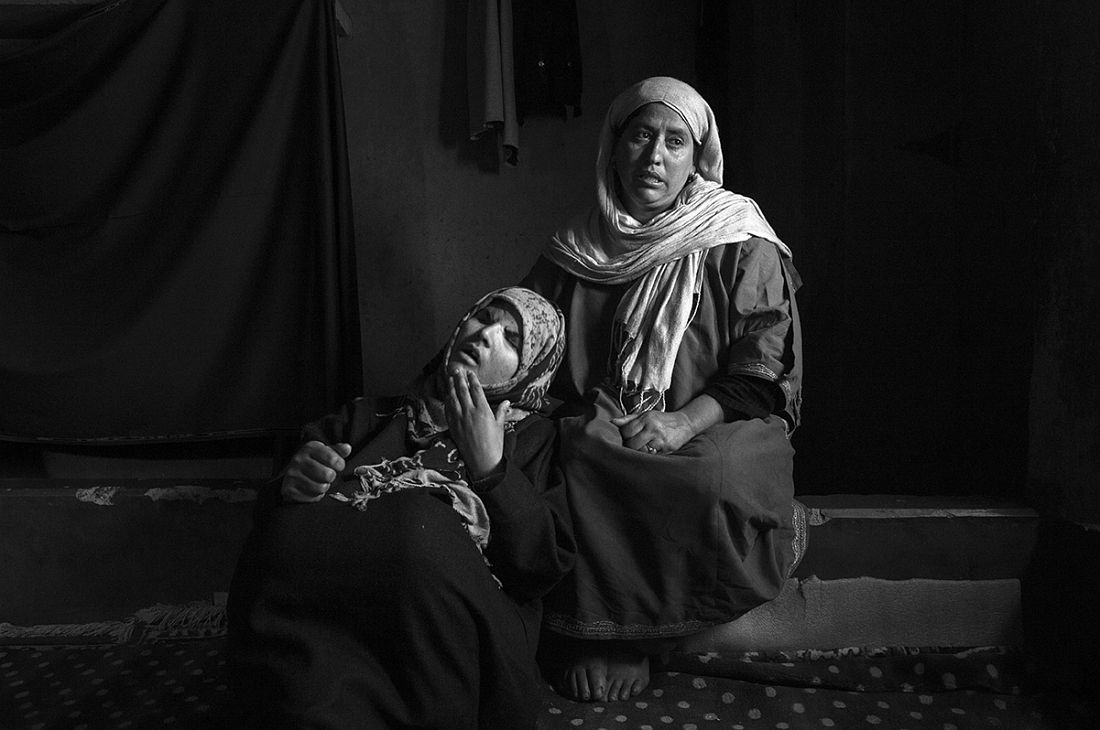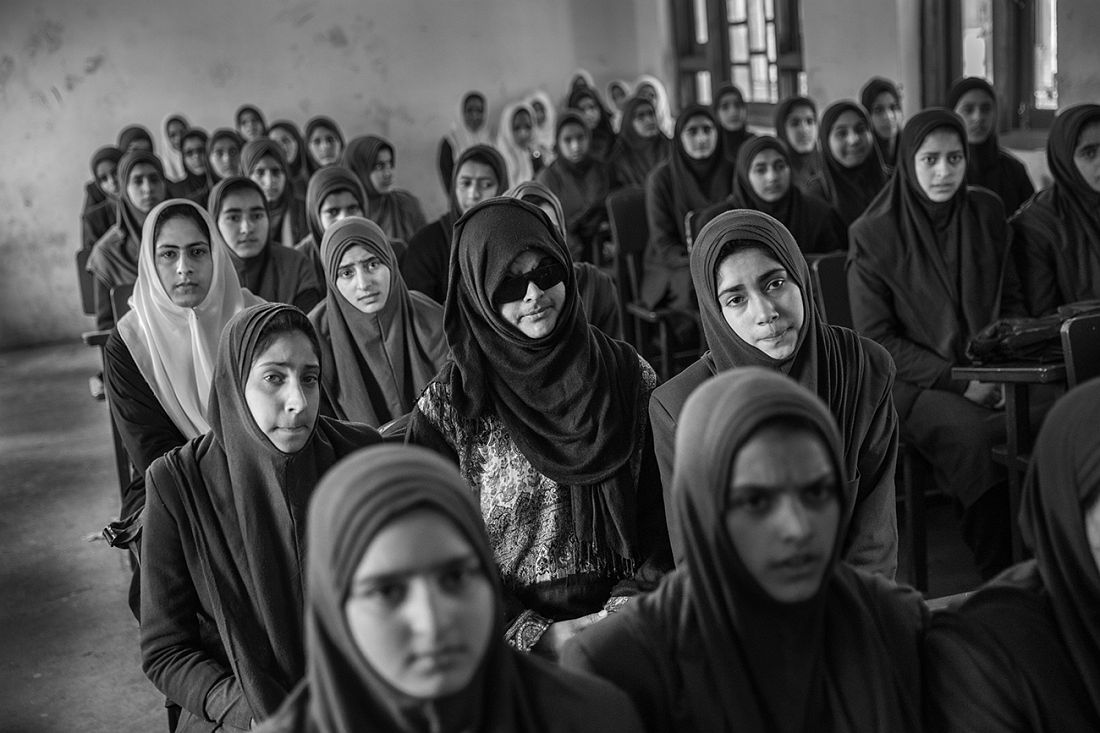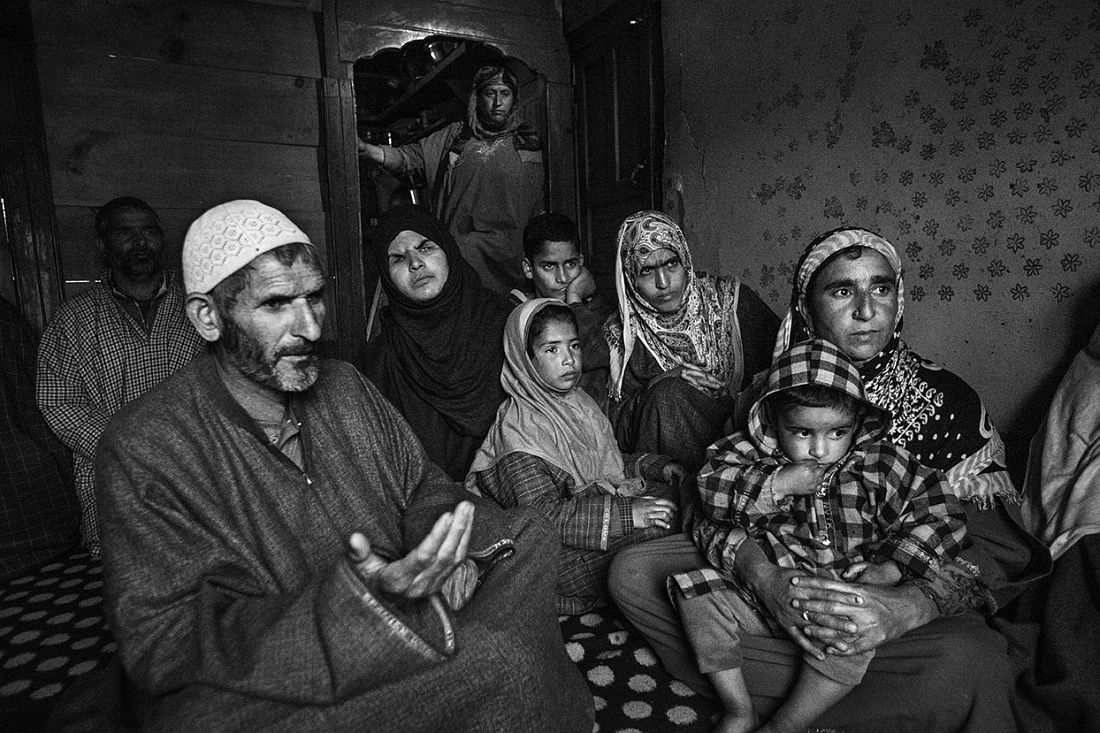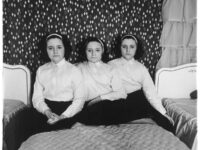In the summer of 2016, after popular Hizbul Mujahideen leader Burhan Wani was killed by Indian security forces, Kashmir experienced months of violent protests during which Indian officers used pellet guns – a form of a shotgun that indiscriminately shoot up to 500 small, round iron pellets – to subdue protestors. The guns were first issued in 2010 to the Indian army as a non-lethal weapon and continue to be used. Kashmir is the one of the only places remaining in the world that use pellet guns as a form of crowd control.
Three days after Wani’s death on July 11th, 2016 in Sedow Village, the Southern part of Kashmir, an area that experienced some of the most violence, protests broke out on the only road passing through the village. Insha Mushtaq Lone, who was just 14 years old and had dreams of becoming a cardiologist, was studying at home when she looked outside. That’s when she was shot in the face by an Indian Central Reserve Police Force (CRPF) officer with over 100 pellets. Insha’s front, nasal, and maxillary bones were broken. Her right eye was ruptured, her left eye was severely damaged. She subsequently lost total vision in both eyes. Since that day, life for Insha and her family has completely changed.
From 2017 to today, we have followed Insha to document the impact of her injury on her daily life.
Website: www.tanweiimages.com
‘Life after being shot by over 100 pellets ‘ was the Black & White Photojournalism Series of the Year 3rd place Winner in the MonoVisions Photography Awards 2018.
‘Life after being shot by over 100 pellets ‘ was the Black & White Photojournalism Series of the Year 3rd place Winner in the MonoVisions Photography Awards 2018.

